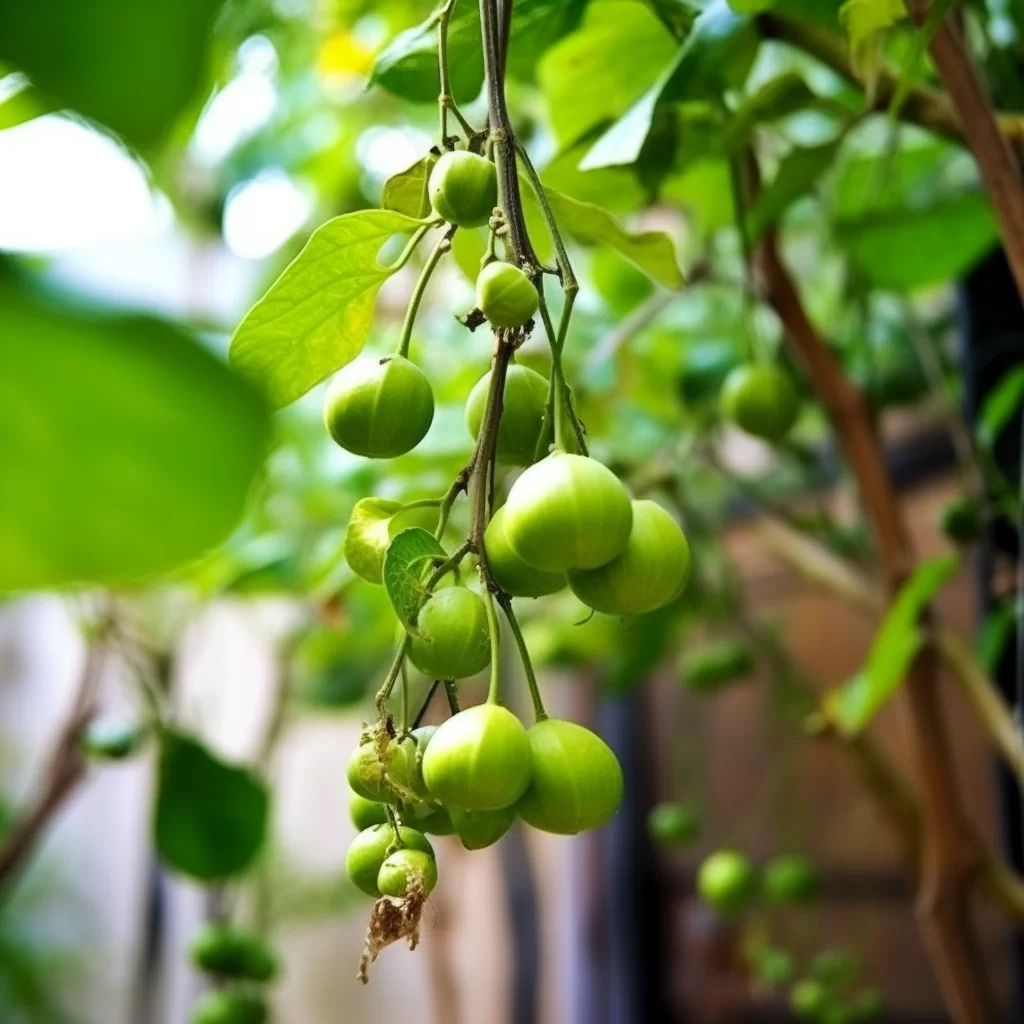Story of Day :
Contents
The Complete Guide and Care Tips for Monk Fruit Plant
Monk fruit plant, also known as luo han guo or Siraitia grosvenorii, is a type of vine that bears small green fruits.
This plant is native to southern China and has been used for centuries in Traditional Chinese Medicine due to its numerous health benefits.
In recent years, monk fruit has gained popularity as a sweetener alternative due to its low calorie content and natural sweetness.
In this article, we will provide you with a complete guide and care tips on how to grow your own monk fruit plant.
Planting Monk Fruit Plant
The first step in growing your own monk fruit plant is finding the right location.
These plants require full sun exposure and well-draining soil that is rich in organic matter.
If you live in an area with cold winters, it’s best to grow your monk fruit plant indoors or in a greenhouse.
You can start your monk fruit plant from seeds or cuttings taken from mature plants.
If you are using seeds, soak them overnight before planting them in pots filled with potting soil.
Cover the pots with plastic wrap or clear plastic bags to create a greenhouse effect that will help retain moisture.

- Plant seeds or cuttings ½ inch deep into soil mix
- Maintain temperature between 20-25°C/68-77°F (avoid temperatures below 13°C/55°F)
- Water regularly but not too much (keep the soil moist but not saturated)
Caring for Monk Fruit Plant
Once your monk fruit plant starts growing, it’s important to provide it with proper care so that it can thrive.
- Fertilize: Use a balanced fertilizer every 2-3 weeks during the growing season (spring and summer)
- Prune: Trim back excess growth to shape the plant and promote fruit development
- Pest control: Monitor for pests such as spider mites, whiteflies, and aphids; use insecticidal soap or neem oil to control infestations

In addition to these basic care tips, it’s important to note that monk fruit plants are sensitive to drought.
Make sure you water your plant regularly but not too much; overwatering can cause root rot.
Harvesting Monk Fruit Plant
The fruit of the monk fruit plant is ready for harvesting when it turns brownish-yellow in color.
You can either pluck the fruits directly from the vine or wait until they fall off naturally.
To use monk fruit as a sweetener alternative, you will need to extract its sweetness by steeping the fruits in hot water until they dissolve.
The resulting liquid can be used as a sugar substitute in baking or cooking.

Conclusion
Growing your own monk fruit plant may require some effort, but it’s definitely worth it if you’re looking for an all-natural sugar alternative with numerous health benefits.
By following our guide on how to grow and care for this remarkable plant, you’ll be able to enjoy its sweet rewards in no time!